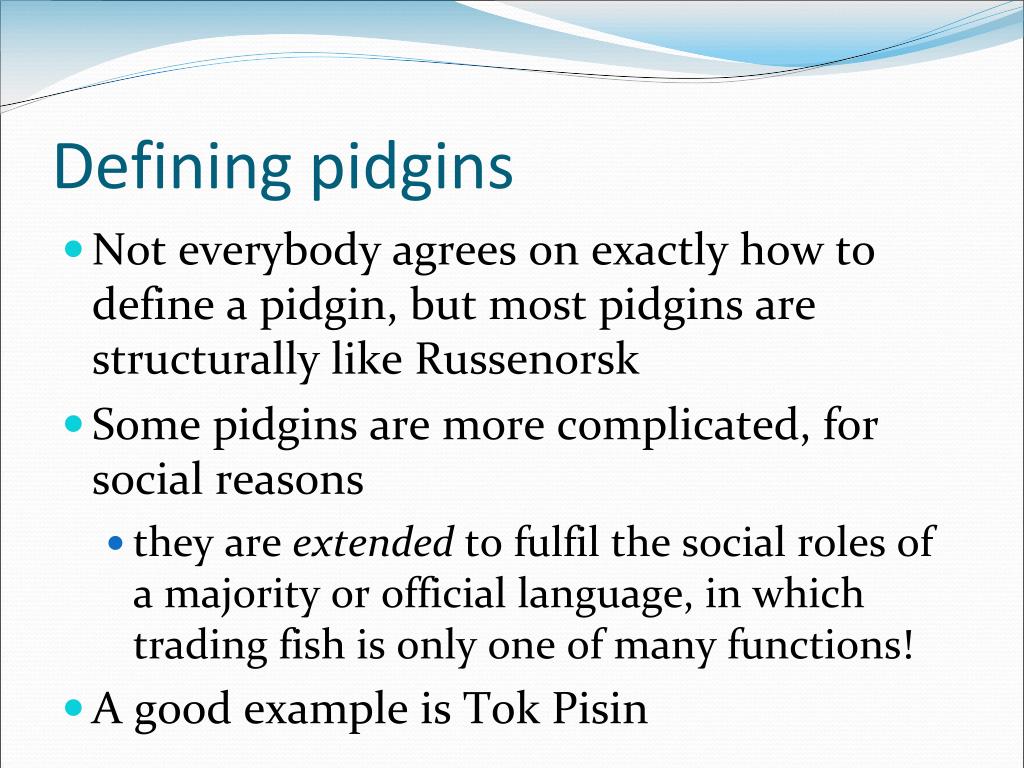

San Andrés Creole English (aka “San Andrés Creole", “Bende”, and “Islander Creole English”) Jamaican Patois features a creole continuum. Enslaved Africans from West and Central Africa were exposed to, learned and nativized the vernacular and dialectal forms of English spoken by their masters: British English, Scots and Hiberno-English. Not to be confused with Jamaican English nor with the Rastafarian use of English. Ebonics is not as extensively modified as most English creoles, and it remains in several ways similar to current nonstandard dialects spoken by white Americans, especially American Southern English.Įnglish, with strong influences from West and Central African languages such as Mandinka, Wolof, Bambara, Fula, Mende, Vai, Akan, Ewe, Yoruba, Igbo, Hausa, Kongo, Umbundu and Kimbundu.Įnglish-lexified creole with West African. Its exact origins continue to be debated, however, as do the relative influences of the languages involved.

Many scholars hold that Ebonics, like several English creoles, developed from contacts between nonstandard varieties of colonial English and African languages. These are the languages and locales: (*not Afro-Diasporic) Download the pdf in chart format here. Look at all the red dots on the Western Hemisphere. The Atlas of Pidgin and Creole Language Structures (APiCS) Here is an interactive map of the languages.


 0 kommentar(er)
0 kommentar(er)
